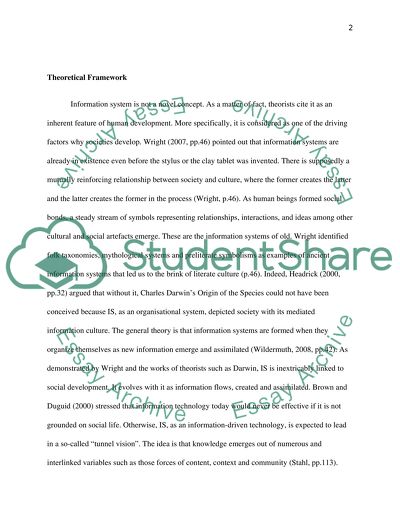Cite this document
(Communication of Complex Information Literature review, n.d.)
Communication of Complex Information Literature review. Retrieved from https://studentshare.org/technology/1463116-information-system-information-systems-have
Communication of Complex Information Literature review. Retrieved from https://studentshare.org/technology/1463116-information-system-information-systems-have
(Communication of Complex Information Literature Review)
Communication of Complex Information Literature Review. https://studentshare.org/technology/1463116-information-system-information-systems-have.
Communication of Complex Information Literature Review. https://studentshare.org/technology/1463116-information-system-information-systems-have.
“Communication of Complex Information Literature Review”, n.d. https://studentshare.org/technology/1463116-information-system-information-systems-have.


